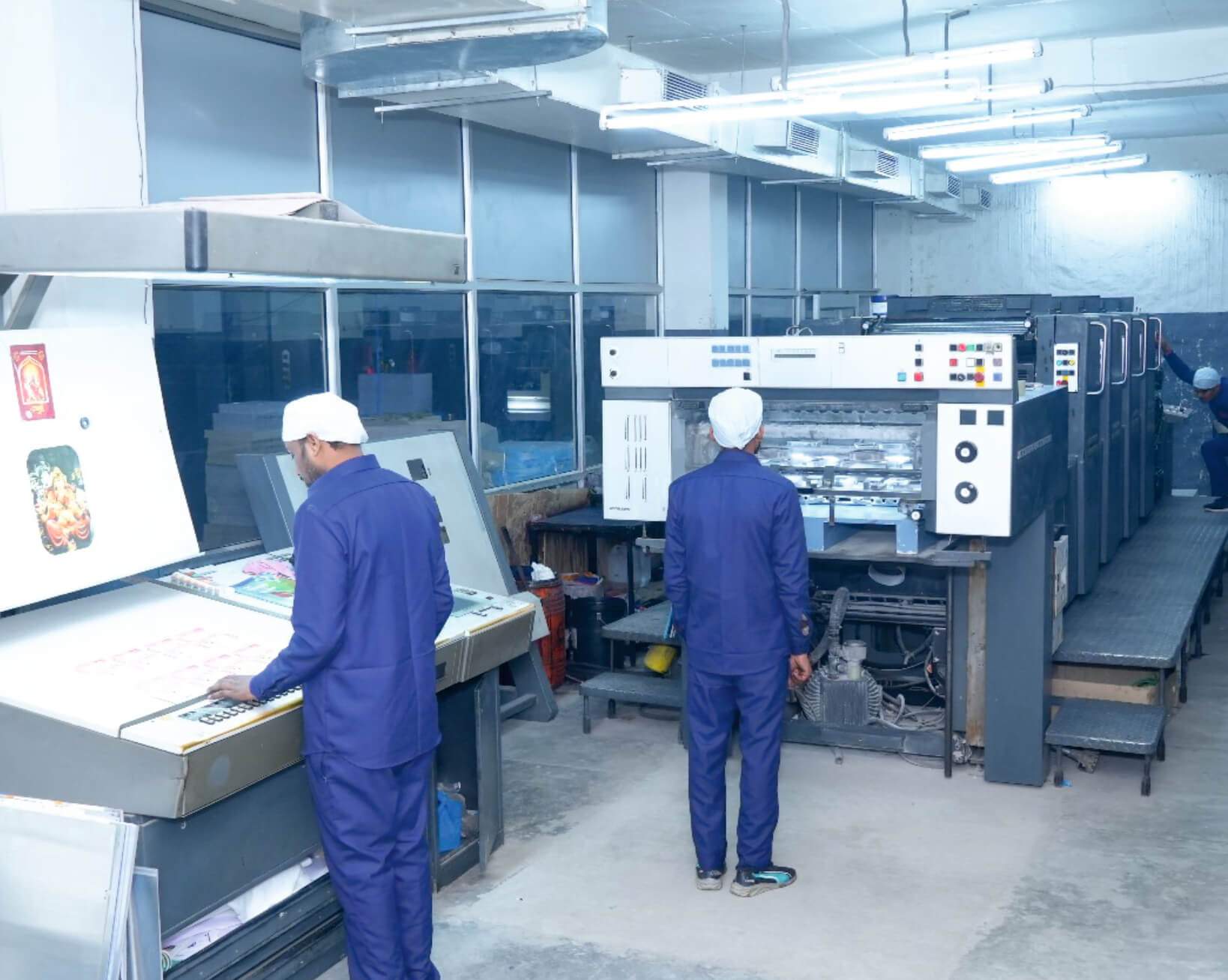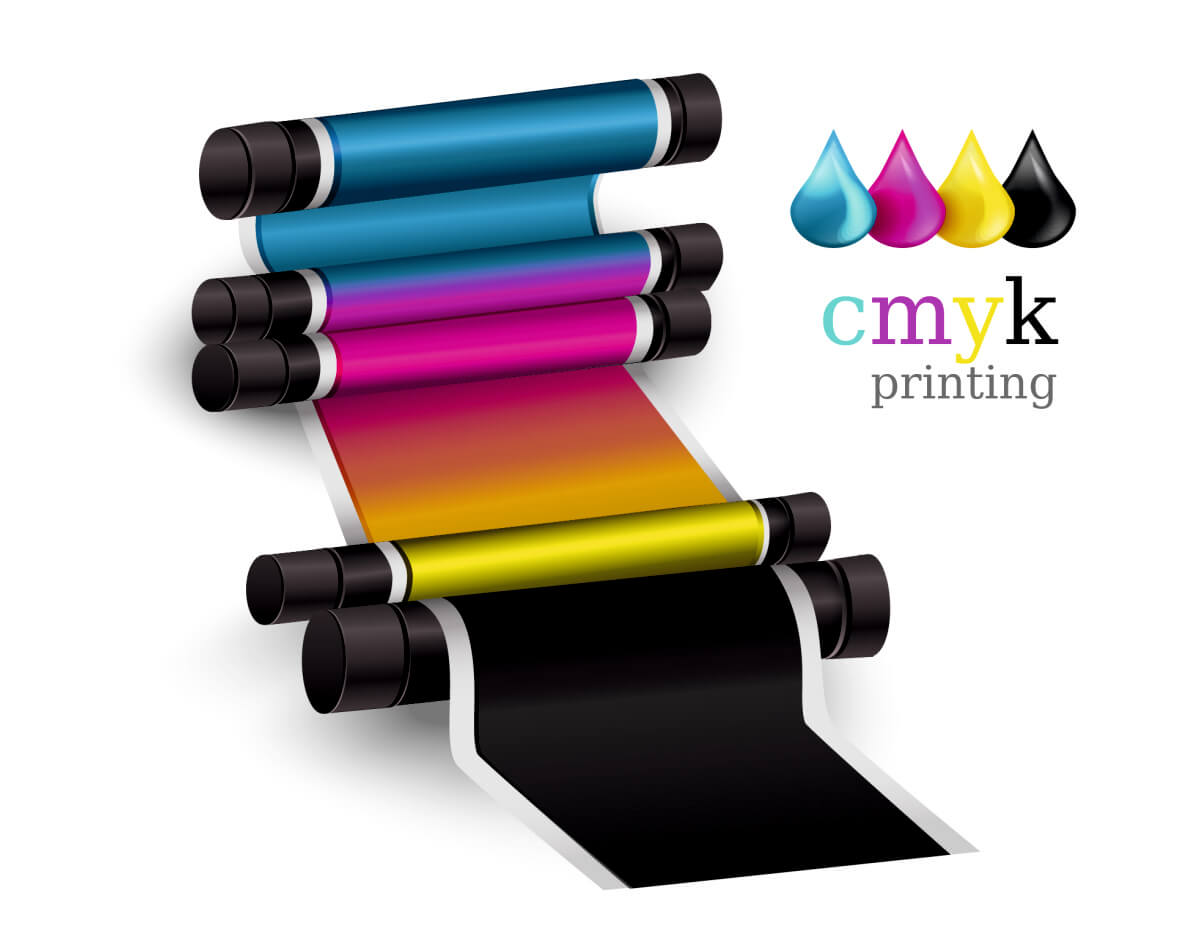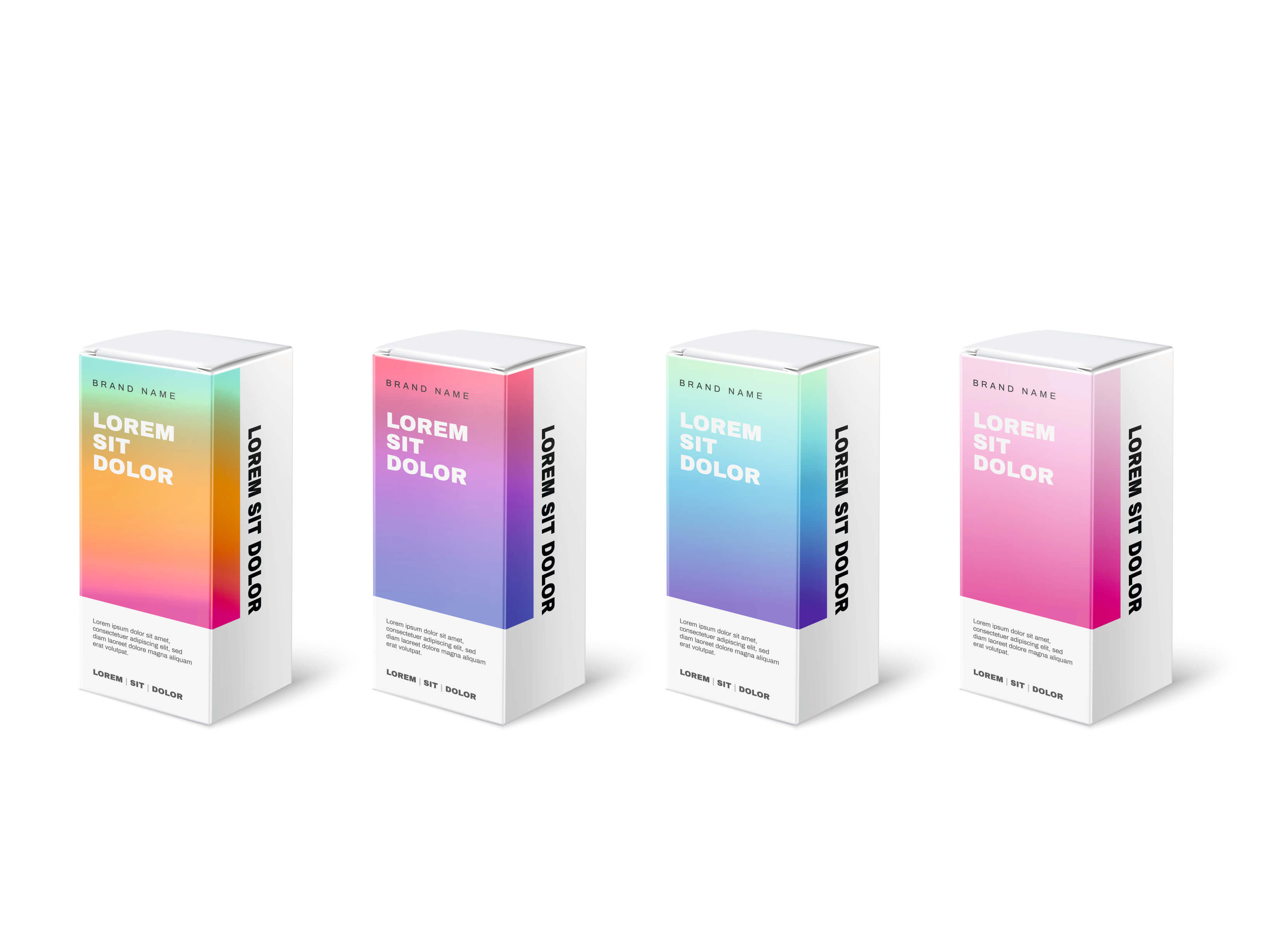
What Is Offset Printing? A Complete Beginner’s Guide
Offset printing is one of the most widely used printing techniques in the world. From newspapers and magazines to packaging and promotional materials — offset printing is behind the scenes of many everyday printed products. But what exactly is it, and why is it so popular? In this beginner’s guide, we’ll explore everything you need to know.
What is Offset Printing?
Offset printing (also known as offset lithography) is a printing process where the inked image is transferred (or "offset") from a metal plate to a rubber blanket, and then to the printing surface, usually paper.
It is ideal for producing high volumes of consistent, high-quality prints at a lower cost per piece.
How Does It Work?
The process involves three main stages:
-
Plate Creation:
An image or design is transferred onto an aluminum plate using a computer-to-plate (CTP) system.
-
Ink Transfer:
Ink is applied to the plate, but only sticks to the image areas. Water keeps the non-image areas ink-free.
-
Offset Process:
The image is transferred from the plate to a rubber blanket and then pressed onto the paper.
-
Web Offset Printing:
Uses large rolls of paper. Suitable for large-scale production like newspapers and books.
Types of Offset Printing
-
Sheet-fed Offset Printing:
Prints on individual sheets of paper. Best for smaller to medium print jobs (brochures, catalogs, etc.).
-
Web Offset Printing
Uses large rolls of paper. Suitable for large-scale production like newspapers and books.
Why Use Offset Printing?
-
High Quality:
Delivers sharp, clean, and professional-looking prints with rich colors.
-
Cost-Effective for Bulk Orders:
The more you print, the cheaper it becomes per piece.
-
Consistent Color & Detail:
Perfect for brand materials requiring color accuracy and clarity.
-
Wide Material Compatibility:
Can print on a variety of surfaces — from paper to cardboard to plastic sheets.
When Offset Printing May Not Be Ideal
-
For small print runs, digital printing may be faster and cheaper.
-
Requires longer setup time compared to digital methods.
-
Changing designs midway is costly due to plate-making.


